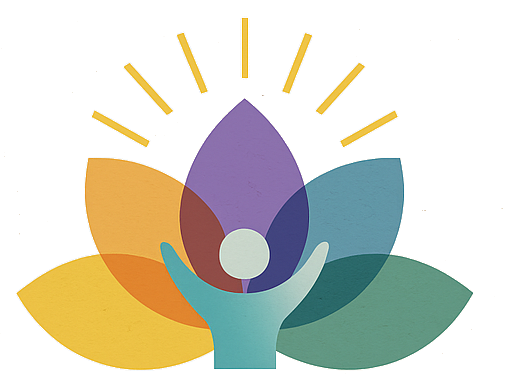Strategic Behavior Analysis
A competency is composed of many small elements, all of which are necessary to perform a skill.
You must have the right information and thought process, the right confidence and willingness, and the right motor skills to perform almost every task in life.
In behavioral analysis, you look at the skills you are asking someone to perform in terms of that they need to Think, Feel and Do in order to be considered skilled or successful.
Continuing with the shipping example, I will illustrate a quick behavioral analysis on one of the steps – Select box and packing materials.
The physical, hands-on part of packing requires
Doing – to be able to work the tape gun and other packing tools and
Thinking and Doing – to be able to create a new type of box out of other boxes when you do not have the correct size box for the item
Deciding what type of box to use and what padding is needed requires:
Feeling – willingness to visualize how the box may be thrown around during shipping and how to add packing materials that will protect the items inside the box.
Thinking – applying standards of packaging set by the business to each box.
There is a hierarchy of elements within each skill or competency. They describe the logical steps necessary to to perform the skill, and therefore give clues as to how to teach the skill. The elements of thinking, doing, and feeling are closely related to each other and go from simple to complex.
In our shipping example the skill to use packing tools needs to be attained before an employee can be expected to create a new box.
This article is short to give you the time to do your own behavior analysis. Look at one behavior you want to teach someone and list all the components they must have to perform this behavior.
Ask yourself:
What do they have to know to do what I want them to do? What do I have to know to do what I what I am teaching them to do?
What attitudes do they must have to do what I am teaching them to do well? What attitudes do I have that makes what I am teaching them to do easy for me to do?
What skills must my learners have to do what I am doing? What skills did I have to learn to do what I am teaching them to do?
Answering these questions may feel tedious at first. I guarantee that once you’ve got the process it, you’ve got it. A light bulb turns on, a bell rings, and you are now able to see exactly what your learners, be they students or employees, or peers need you to teach so they may learn.



